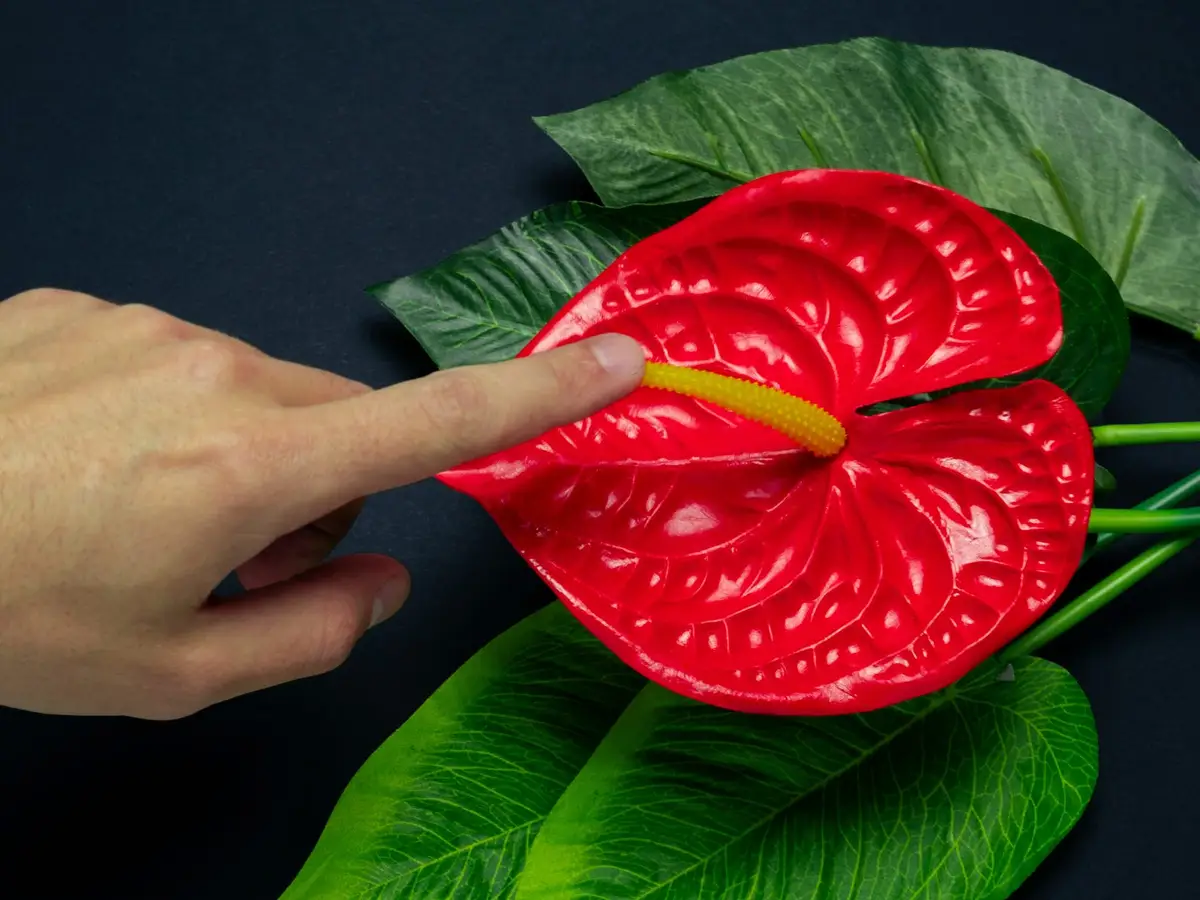It’s Not Just Hormones; The Dirty Secrets Behind Women’s Higher Libido
It’s important to approach topics around women and libido, like this, with sensitivity and scientific grounding. While discussions about human sexuality can be both interesting and complex, generalizing across genders or suggesting any inherent superiority in sexual desire can perpetuate stereotypes. Sexual arousal is influenced by a wide range of factors, including biological, psychological, and social elements that vary from individual to individual, regardless of gender. The idea that one gender is hornier than the other is an oversimplification.
That said, several factors can influence sexual arousal and desire in men and women, which we can explore in a nuanced way. Below is a detailed look into some of the biological, psychological, and sociocultural factors that can shape sexual arousal and libido.
Page Contents
Understanding Sexual Arousal and Gender Differences in Desire.
Sexual desire is a multifaceted experience influenced by many different factors. The idea that women are hornier than men is not grounded in scientific consensus but instead is an oversimplified and potentially misleading perception. In truth, both men and women experience sexual arousal differently due to a combination of biological, psychological, and sociocultural influences.
Biological Factors.
A significant amount of research suggests that biological factors, such as hormones and brain chemistry, play a large role in sexual desire for both men and women. One key hormone involved in sexual arousal is testosterone, which is present in both men and women, though at different levels. In men, testosterone is often associated with a stronger, more consistent drive for sex. In women, however, testosterone also contributes to sexual desire, but it operates in conjunction with other hormones such as estrogen and progesterone, which fluctuate throughout the menstrual cycle.

During the menstrual cycle, women experience varying levels of sexual desire. For example, during ovulation, estrogen levels are high, and many women experience an increase in sexual desire. This cycle suggests that women’s sexual desire can fluctuate more significantly than men’s, which may contribute to the perception that women experience desire in waves, while men’s sexual desire appears more constant.
Additionally, the brain plays a critical role in both men’s and women’s sexual arousal. Studies have shown that areas of the brain responsible for sexual function and arousal can be activated differently in men and women, with women sometimes showing more complex brain activity tied to emotional and relational contexts during sexual arousal.
Psychological Factors.
Psychological aspects such as mood, stress, mental health, and self-esteem play a crucial role in sexual desire. Both men and women can experience changes in libido based on these factors, but the intensity and nature of these experiences may differ.
Women, for example, often report that emotional connection and intimacy are important components of sexual desire. Research has shown that women’s sexual arousal can be more context-dependent than men’s. In other words, emotional closeness, security, and trust with a partner may be more significant for women in activating sexual desire. In contrast, men often have a more straightforward, physical response to sexual stimuli, although emotional factors can also be important for them.
Furthermore, psychological conditions such as anxiety, depression, or stress can suppress sexual desire in both genders, though women tend to report these feelings as having a more significant impact on their libido. The pressures of work, caregiving, or societal expectations can affect women’s psychological well-being, influencing their desire for sex.
Sociocultural Influences.
Societal expectations about gender and sexuality also shape how men and women experience and express sexual desire. For example, traditional gender roles often suggest that men should be the more sexually driven gender, while women are socialized to downplay or suppress sexual desire. This socialization can influence how men and women perceive and express their desires within relationships.
Women, in particular, are often raised to associate sex with emotional intimacy and relational bonding. This might lead to the belief that women’s sexual desire is more emotionally driven than men’s, who are more likely to be encouraged to pursue sex as an expression of physical need or conquest. These cultural narratives can create misconceptions about the nature of desire in both men and women, potentially leading to the idea that women may be less interested in sex or that their arousal is more complicated than men’s.
Additionally, the way women and men are portrayed in the media influences their sexual identities. In mainstream culture, men are frequently depicted as being more sexually driven and eager, while women are shown as more passive or selective. These portrayals can further reinforce stereotypes, neglecting the individual variation in desire across all genders.
Differences in Arousal and Sensitivity.
While both men and women are capable of experiencing high levels of sexual arousal, there are some key differences in how their bodies respond to sexual stimuli. Men typically experience more immediate, physical responses to sexual arousal, such as erections, and this may contribute to a more noticeable drive or need for sexual release. For women, sexual arousal tends to be more multifaceted and can include a wider array of emotional and psychological responses alongside physical signs of arousal, such as vaginal lubrication.

Women’s bodies can also be more responsive to varying types of stimulation, as the clitoris is a highly sensitive organ and its stimulation often plays a central role in female sexual arousal. However, sexual desire is not merely a matter of physical stimulation, it can also be influenced by psychological factors, including a desire for emotional connection and intimacy, which can make female arousal seem more complicated or multifaceted.
Social and Relationship Dynamics.
The dynamics of a romantic or sexual relationship also influence sexual desire. For instance, women may be more likely to experience heightened sexual desire when they feel emotionally connected and valued in their relationships. Conversely, men may be more likely to experience an increase in sexual desire when presented with sexual opportunities or stimulation.
In many cases, women may need more time to feel comfortable and relaxed in a sexual context, especially if there are relational or emotional concerns at play. This doesn’t necessarily mean women are hornier than men, but rather that their sexual desires are often influenced by a broader set of factors, including trust, security, and emotional intimacy.
The idea that women are inherently hornier than men oversimplifies the complex, individualized nature of sexual desire. Biological, psychological, and sociocultural factors all shape how both men and women experience and express their sexuality. While hormonal fluctuations can lead to varying levels of desire in women throughout the menstrual cycle, and while men’s sexual desire may appear more constant, both genders experience a rich, multifaceted experience of sexual arousal.
It is important to recognize that sexual desire is highly personal and can be influenced by a wide range of factors, including emotional intimacy, relationship dynamics, and cultural influences. Instead of viewing sexual desire as something fixed or comparative between genders, it’s more accurate to understand it as a unique and individual experience for each person, shaped by a combination of biological, psychological, and social elements.
 3931
3931

